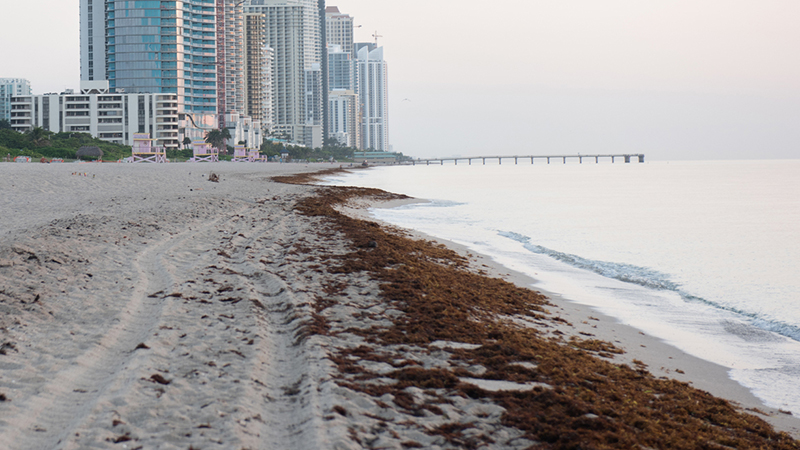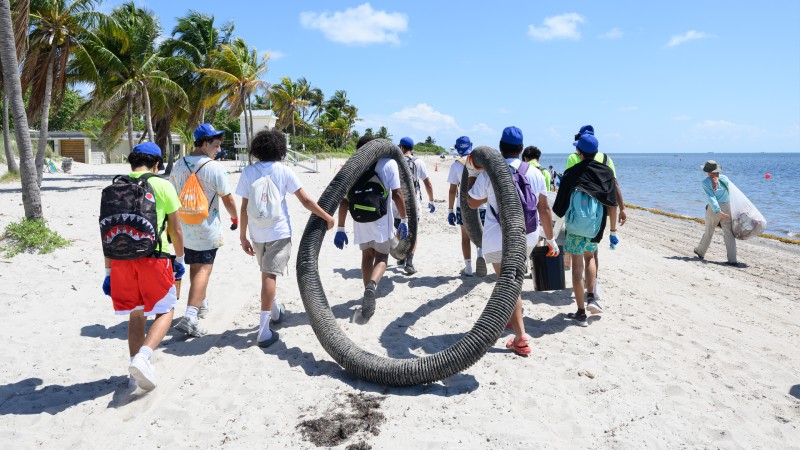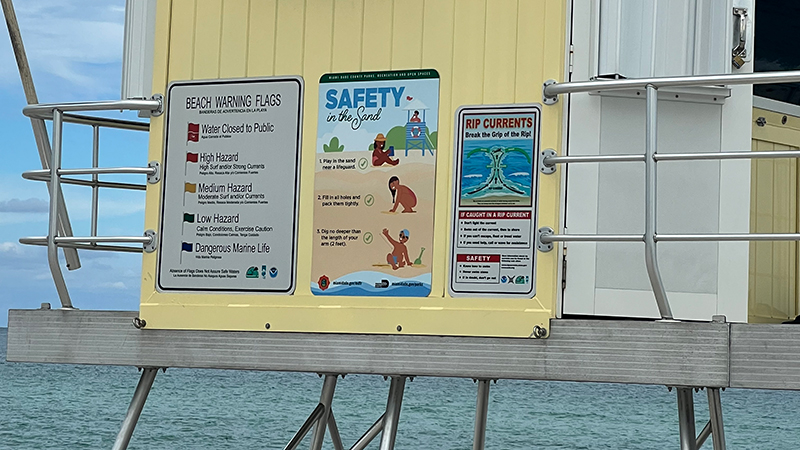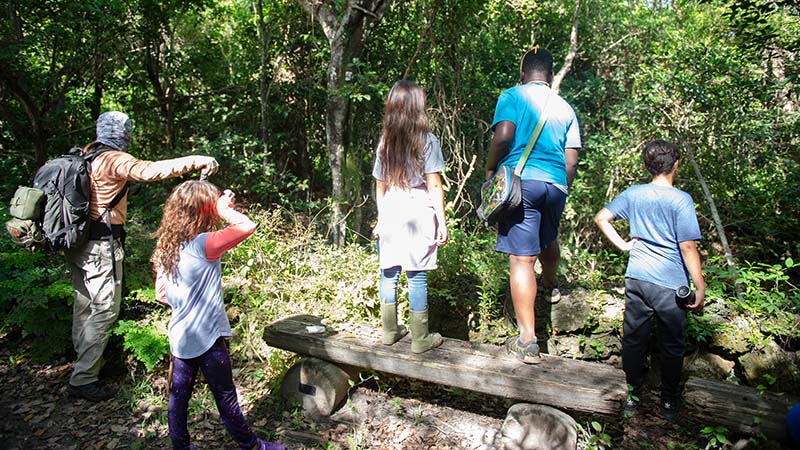Skip to Primary Content
Please note that miamidade.gov no longer supports Internet Explorer. We recommend
upgrading to the latest Microsoft Edge, Google Chrome or Firefox.
Leaving Miami-Dade County
You are now leaving the official website of Miami-Dade County government. Please be aware that when you exit this site, you are no longer protected by our privacy or security policies. Miami-Dade County is not responsible for the content provided on linked sites. The provision of links to these external sites does not constitute an endorsement.
Please click 'OK' to be sent to the new site, or Click 'Cancel' to go back.






